Roses are popular and beautiful flowering shrubs in many homestead gardens. However, starting a rose garden can seem like a bit of an intimidating challenge for new gardeners. It isn’t as hard as you might think. In fact, with planning and proper planting, most anyone can cultivate a successful rose garden.
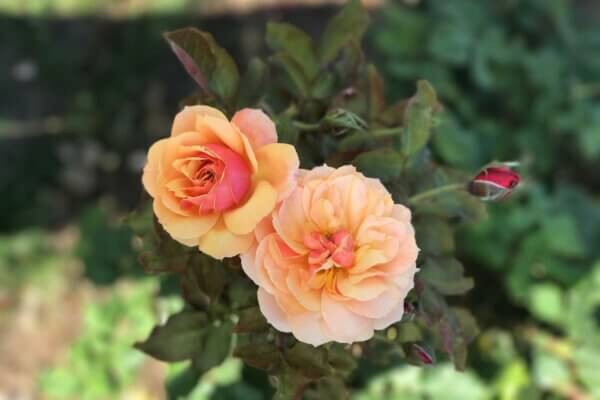
There is no argument that roses are beautiful and smell delicious. Roses attract birds, bees, butterflies and other pollinators to the garden.
Rose bushes can be utilized in the landscape as foundation planting, as their thorns are a deterrent to burglars. Roses are also used as bedding plants, to create a windbreak, or as an attractive hedge to define property boundaries or edge the boundary of the garden.
Rose Varieties
Roses are classified by type as well as color and fragrance. AARS (All-America Rose Selections) include floribunda, grandiflora, hybrid tea, climber, miniature, groundcover, shrub and landscape and tree.
It is important to do the research to acquaint yourself with each of the types, characteristics and care requirements in order to choose the right type of roses for your landscape.
Important considerations when selecting roses include the fragrance of the flower, the color of the blooms, plant disease resistance, and whether the rose in question is of bush, vine or tree variety.
Miniatures
- Available in a wide range of petal combinations and colors, miniature roses are perfect for container planting. They do well outdoors as a border-edging or planted in pots on the patio.
- Miniature roses can vary in size at maturity from inches to up to three feet tall and present tiny blooms. Miniature roses are highly fragrant and packaged in an attractive planter or basket.
- Ideal for gift-giving or to brighten a bare spot indoors when cultivated as a houseplant. One of my favorite housewarming gifts is a tiny, miniature purple rose, planted in a teacup.
Polyantha
- Polyantha roses are low-growing, shrub-like roses with numerous blooms along the tips of their branches.
- Disease-resistant and cold-hardy, polyantha roses are used for foundation planting, hedges and windbreaks.
https://www.instagram.com/p/BX_s21jhQit/?tagged=polyantharoses
Floribunda
- Floribunda roses, a cross between a polyantha and a tea rose, were first introduced to the gardening world by rose growers Jackson and Perkins in the early part of the twentieth century.
- This glorious rose presents sprays and clusters of heavily fragrant blooms in a wide assortment of colors.
- A heavy bloomer, the floribunda rose can produce as many as 36 sprays in a single season.
- Floribunda roses take three years to reach maturity and maximum bloom. However, when they present in all their magnificence, you will know it’s worth the wait.
Grandiflora
- Taller and somewhat bushier, the grandiflora rose is a delightful cross between the hybrid rose and a floribunda.
- Grandiflora roses are excellent for cut flowers presenting massive blooms on long stems.
- Taller than the floribunda, grandiflora roses reach a mature height of five feet tall or more.
- The dense, broad, green leaves of the grandiflora rose provide an excellent backdrop for annuals in the back of beds or as an eye-catching foundation planting.
https://www.instagram.com/p/BaNS6ftB3n1/?tagged=grandifloraroses
Purchasing Roses For The Garden
While you can grow roses from seed, it isn’t necessarily the fastest approach. The Santa Clarita Valley Rose Society has a great guide on how to grow roses from seed if you’re ambitious!
Otherwise, roses for home gardens are sold in a few different forms. Roses can be sold in large or small containers, as a bare root or in a dormant pot. Large containers are what you’ll typically see in home garden stores, while small containers are generally sold online. Dormant pots, on the other hand, have the plant wrapped in a biodegradable container, and all you do is plant it directly in the ground.
Simply put, bare-root roses are bare and just the root. The benefit here is that this makes purchasing online cheaper in terms of shipping prices, and the roses are dormant, so you just need to plant them.
While you can purchase roses at your local home garden store, there are some online retailers too:
Tips For Growing Roses
Site selection is one of the secrets to growing roses. All varieties of roses require a minimum of six hours of sun daily. Roses also need fertile, well-drained soil, so it is important to select a site that provides these essential conditions. Sunlight and drainage are mandatory, but less-than-ideal soil can be amended.
Moisture Requirements For Roses
Roses require adequate moisture and are not drought- tolerant. They do best with plenty of water in well-drained soil. Roses cannot stand wet feet, and roots will rot if planted in areas with frequent standing water. Roses require at least two inches of water per week.
https://www.instagram.com/p/BXDabpYlVYR/?tagged=plantingroses
When watering roses, it is best to water the plants around their base rather than saturating foliage, which encourages the growth of fungus and black mold. Many rose gardeners remark that the best way is to provide drip-irrigation or use a soaker hose set on a low velocity to avoid wetting the leaves.
Roses Can Be Surprisingly Hardy
It’s important to select roses appropriate for your hardiness zone. The majority of roses are cold-hardy to at least Zone 5 while tender roses grow best in milder climates.
The American Rose Society advises that while roses are not hard to grow, success is predicated on selecting the right roses for your climate conditions. If you select the wrong roses, you will be disappointed. While it is possible to grow roses in any climate, some rose varieties will perform better than others.
https://www.instagram.com/p/BNhiGlaBv1j/?tagged=frostedroses
If you are new to rose gardening, experienced growers suggest checking with your county extension office, the American Rose Society, local gardening clubs or nearby plant nurseries for tips on growing roses in your unique local climate conditions.
Getting Back To The Roots: Soil pH
Roses flourish in slightly acidic, loamy, nutrient-rich soil with a pH of 6.5. While roses will tolerate a range of 6.0-6.9, 6.5 is optimum for producing an abundance of beautiful blooms.
When soil pH deviates outside this range, the availability of nutrients for plant growth is adversely affected. You cannot overlook the importance of assuring the proper pH whether you are planning to establish a new rose garden or adding new roses to an existing bed.
Soil pH tests kits are available online or at local home and garden centers. For a complete test of pH, soil composition, and nutrient content, take a soil sample to your local county extension office for testing. Amend soil as recommended.
https://www.instagram.com/p/BY2DEioF2uE/?tagged=soiltest
Roses love soil enhanced with a generous amount of organic material. No matter your soil type, you cannot go wrong adding organic garden compost to the soil mix. Add compost or well-aged herbivore manure (cow, sheep, goat, llama, horse) and work in well to incorporate the manure into the soil.
Preparing The Soil For Cultivation
Cultivate the soil to at least a depth of two feet, breaking up dirt clods, removing roots, rocks and weeds.
When planting roses, the hole should be deep and wide enough to spread out the roots and to plant at the same level as the field in which they’re grown.
Planting Roses
Establish dormant roses in either the spring or fall. If you purchase bare-root roses, plan to soak the roots in water for at least 24 hours before planting. Both potted and bare-root roses must be planted at least two feet deep in the soil.
When planting, spread the roots out and slowly add soil, adding water as you do so. Doing this will help to eliminate air pockets around the roots. Mound soil around the base of the rose bush and water thoroughly.
If your rose bed is in a spot where summer winds tend to dry the soil out quickly, mulch with grass clippings, dried leaves, wood chips or pine straw to conserve moisture in the soil.
Your roses will be happy with an annual application of well-aged herbivore manure, applied each spring.
Companion Planting For Roses
Almost any variety of fragrant herb makes a good companion plant for roses. Creeping thyme is my favorite since it acts as a dense, low-growing groundcover that chokes out weeds. Not to mention, it adds color and a heavenly scent to the garden’s fragrance bouquet.
https://www.instagram.com/p/BWQO2ZsFjee/?tagged=creepingthyme
Dwarf marigolds add bold color when planted as an edging in the rose bed. Marigolds also repel aphids and whiteflies.
The may seem like odd companions, but roses, tomatoes and garlic love each other. Garlic repels rabbits, rodents and a diverse array of insect pests. Tomatoes, when grown with roses, ward off black spot.
Catmint, lavender, sage and hyssop emit a fragrance that helps repel Japanese Beetles. Yarrow, when planted with roses, attracts ladybugs, which in turn feast on aphids that would damage the rose.
Pruning
When growing roses, proper pruning is important. Always remember to clean your pruning shears with rubbing alcohol before cutting and as you move from plant to plant to prevent the transmission of fungus, mold, or plant disease.
https://www.instagram.com/p/BaXIWkEHIyD/?tagged=rosegarden
- Prune once leaf buds appear in the spring, making quarter-inch cuts above the bud eye.
- Prune to remove dead wood, twiggy or injured branches.
Winter Care For Roses
While you may have done your best to select roses appropriate for your United States Plant Hardiness Zone, these zones cover a broad area. Provide your roses with extra protection from an unexpected plummet of the temperature.
Gardening experts suggest that growers should stop fertilizing in mid-summer to allow plant growth to slow, enabling the rose to go dormant and stop deadheading in early fall.
This allows the plant to form rosehips, nature’s signal to the plant that winter is on the way. Remember to clean up dead leaves and weeds around the base of the rose as the debris can harbor disease and plant pests. Avoid stimulating new growth by only pruning rose bushes in the spring.
References
- Rose Culture And Growing, Connecticut Rose Society – Rose Culture and Growing
- Growing Roses, Oregon Metro
- Multiflora Rose, APWG
- Growing Roses, Clemson University Extension – Growing Roses


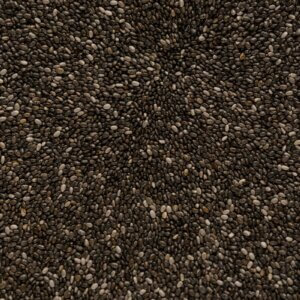


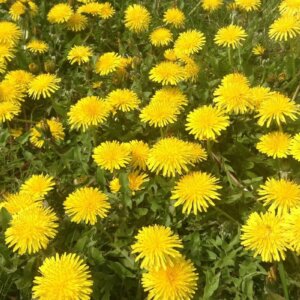

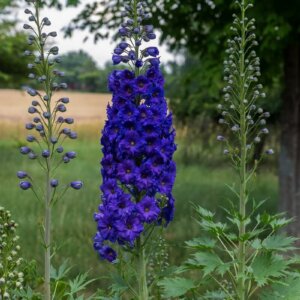
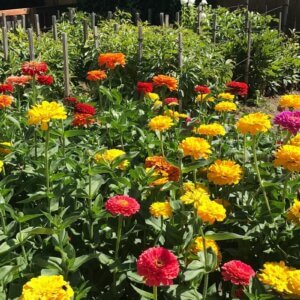


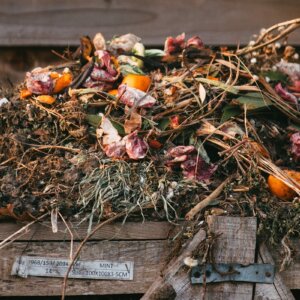

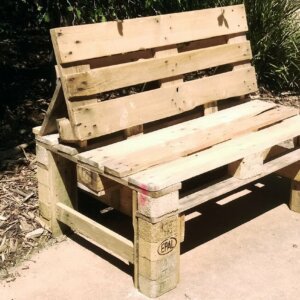





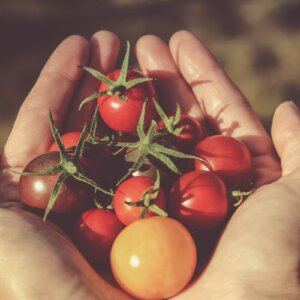






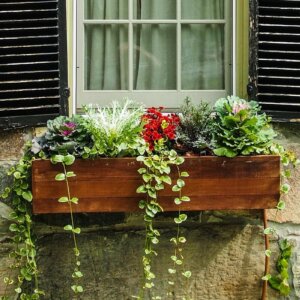
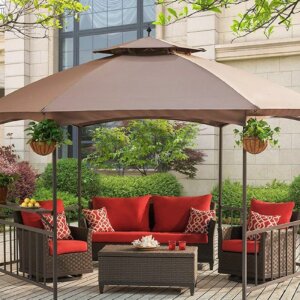
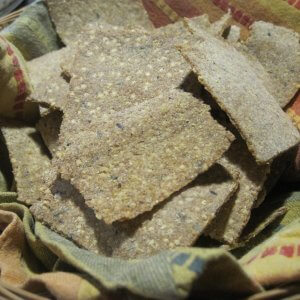
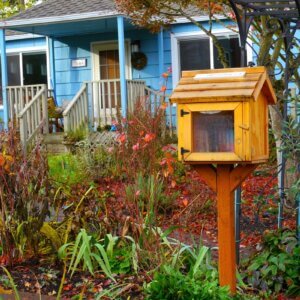

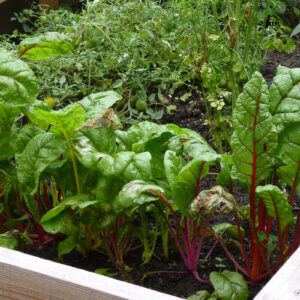
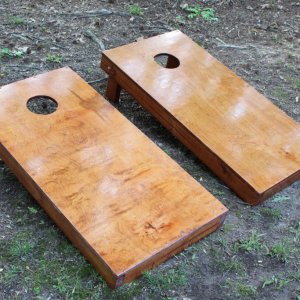


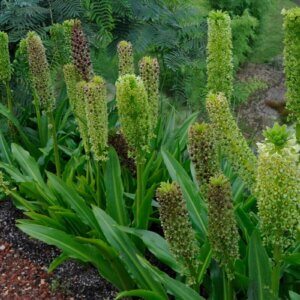
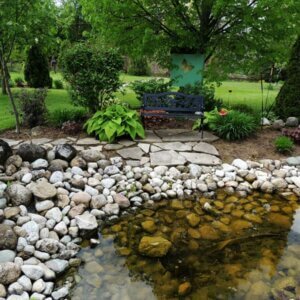




Leave a Reply